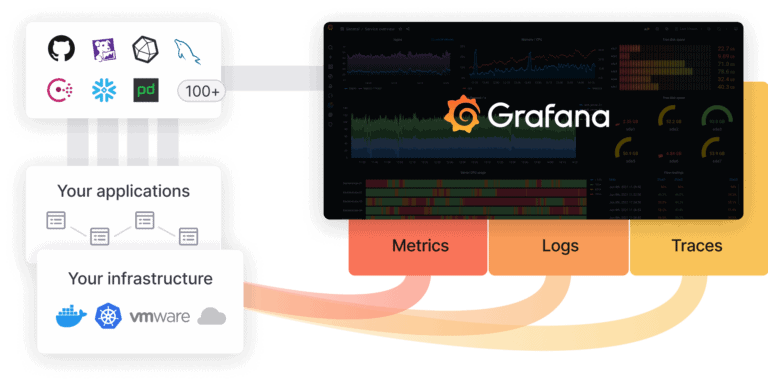The latest release offers new panels, better query caching, increased security, accessibility features, and more.
The Grafana team has now released version 8.4 of their observability platform. The new release promises to improve accessibility, offers panels, alerting, and CloudWatch monitoring.
Notable is the new support for mute timings. This they define as a “recurring interval of time when no new notifications for a policy are generated or sent.” Starting with v8.4, Grafana’s Alert Panel also features a grouping mechanism. This allows the module to display alerts and the instances connected to them based on labels instead of the corresponding alert rule.
Mitch Seaman, Senior Product Manager for Grafana, detailed the new features in a blog post. “This release includes a variety of updates focused on making Grafana easier to use, improving performance, and keeping your data secure,” he writes.
“Our goal with 8.4 was to focus on users who are not as familiar with developer tools, observability, or Grafana itself,” he continues. The team wanted to help these users to easily build dashboards and visualize their data, he adds. “We also added new panels and charts as well as features that make Grafana more accessible.”
A host of new accessibility features
The main navigation bar in Grafana now has improved keyboard navigation, Seaman says. They have also added focus states and removed keyboard traps.
“We’ve also ensured that our general components — tooltips, color pickers, modals, dropdowns, and more — are keyboard navigable,” he adds. They have also improved focus trapping and screen reader support in those areas as well.
The team also made a significant change to charts, Seaman explains. These are one of Grafana’s main areas of limited accessibility. As of 8.4, users can now move the cursor around the time series panel and make range selections using the arrow keys on their keyboards.
Observing AWS services will also be easier with Grafana 8.4. This is because contributors have been busy improving the tool’s CloudWatch integration. Once updated, users should be able to see syntax highlighting and autocompletion proposals when doing metric searches, and track Data Lifecycle Manager as well as ElastiCache Redis and additional host-level metrics.
